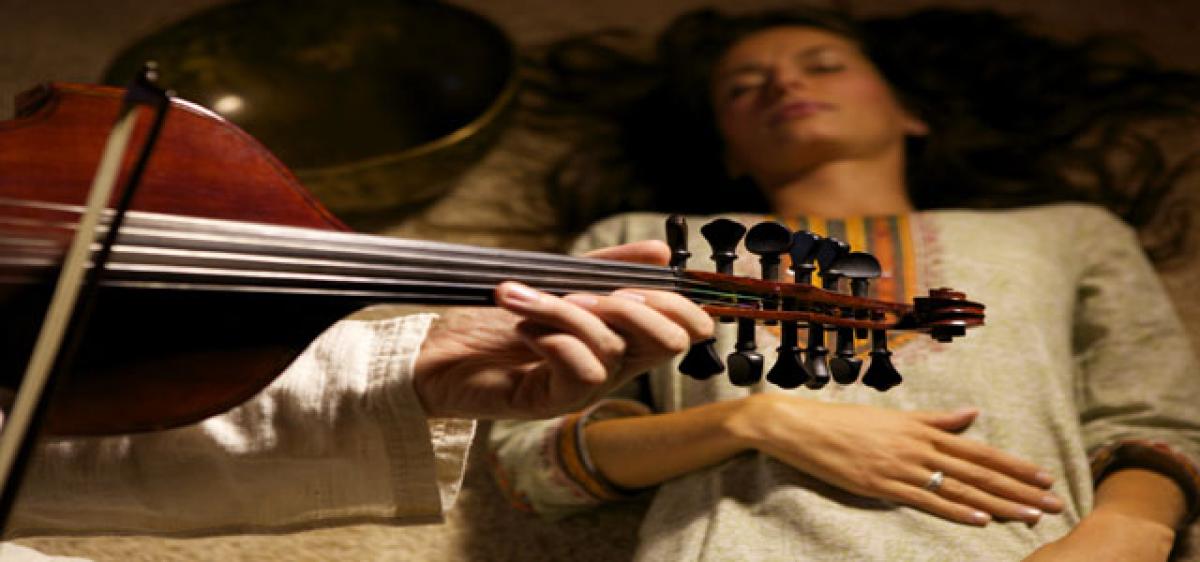Live
- Job fair for pharmacist roles tomorrow
- New ration cards to be issued in January
- Job mela at Masab Tank tomorrow
- New toilets facilitated for MPP school students
- Steps to safeguard natural springs gain momentum
- RWAs want officials to clear fog over SCB-GHMC merger
- Tanks, canals remain neglected despite execution of MGNREGS works
- BRS to celebrate Deeksha Diwas on Nov 29, Dec 9
- NCC Day grandly celebrated at SITAM
- CITU demands rollback of strategic sale of VSP
Just In

Jan Stouffer has spent the last 25 years working as a board certified music therapist atPenn State Health Milton S. Hershey Medical Center.
Jan Stouffer has spent the last 25 years working as a board certified music therapist atPenn State Health Milton S. Hershey Medical Center. Working with Therapy Services, she uses music to help control patients’ pain and anxiety, to ease their adjustment to the hospital setting, and to promote physical rehabilitation. “Health is a dance back and forth between physical and emotional needs, so the two need to be addressed simultaneously for healing,” she said.
In the hospital setting, that means clinical, evidence-based use of music at bedside with patients to affect their healing and wellness. Rather than simply going room to room singing or playing music, music therapists work upon referral from a doctor or nurse and use a patient’s treatment plan and priorities.
During an evaluation, Stouffer and her colleagues consider several factors. They include the patient’s physiological state, their cultural background and music preferences, whether the music should be presented in a sedative or stimulative style, and whether it should be passively enjoyed or actively created. Breathing and guided imagery techniques used with calming music can help patients struggling with pain and anxiety feel more comfortable.
“We can help focus their attention away from that,” Stouffer said. “It gives them an avenue for self-expression to share what they are thinking or feeling and work on developing coping strategies.” For instance, a teen fighting cancer may connect with the lyrics of Rachel Platten’s “Fight Song,” while someone else may use the sounds of an instrument to release feelings such as anger or frustration. Playing a wind instrument such as a recorder, kazoo, harmonica or slide whistle can help those who need lung exercises.
Claire de Boer, director of Center Stage, said the goal is to humanize the environment and soften edges of moments that could otherwise be more stressful. “It brings joy and creates community because patients and caregivers can share the experience of sitting and listening to live music together,” she said. “It’s a type of engagement that doesn’t have to do with diagnosis or treatment.”

© 2024 Hyderabad Media House Limited/The Hans India. All rights reserved. Powered by hocalwire.com







